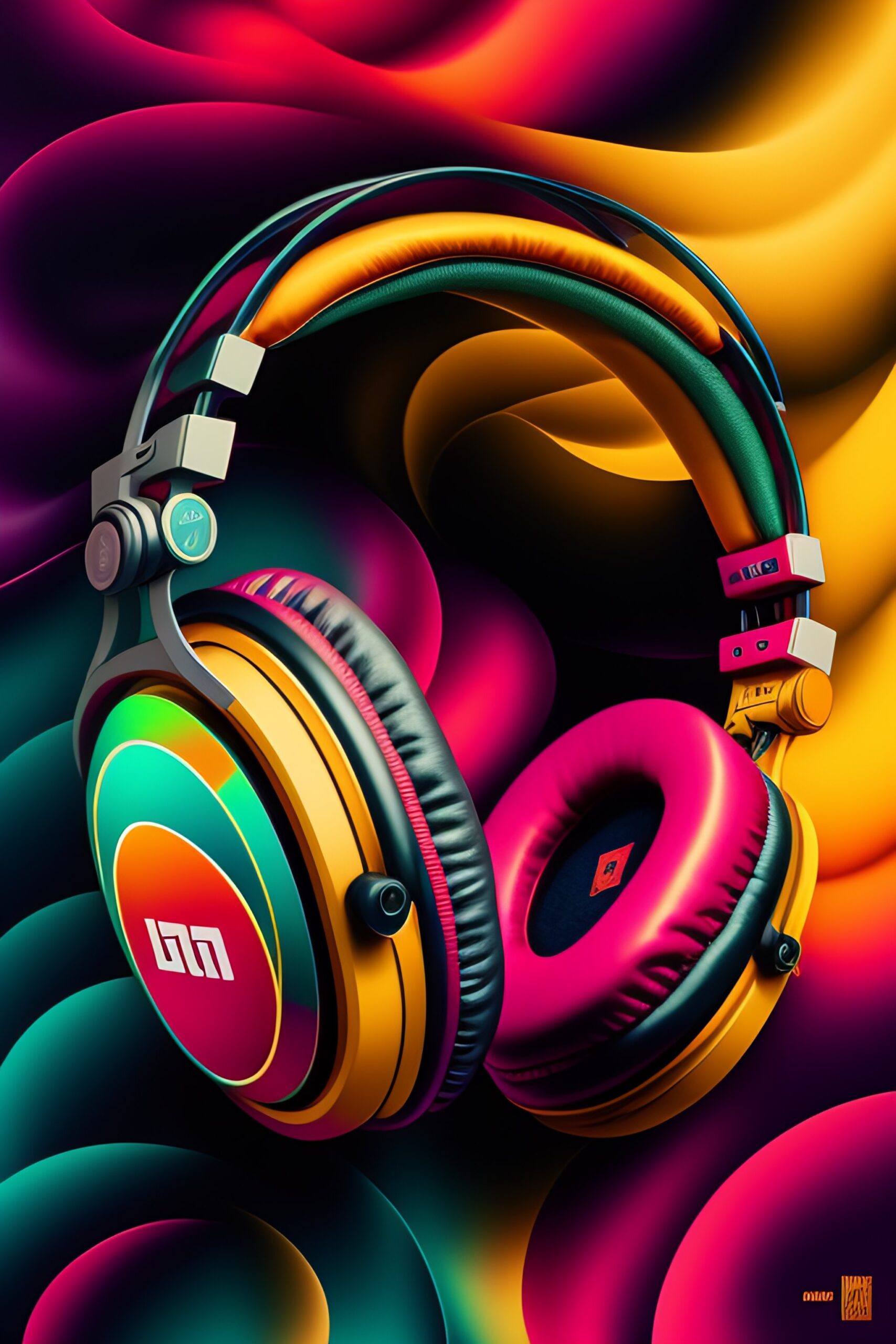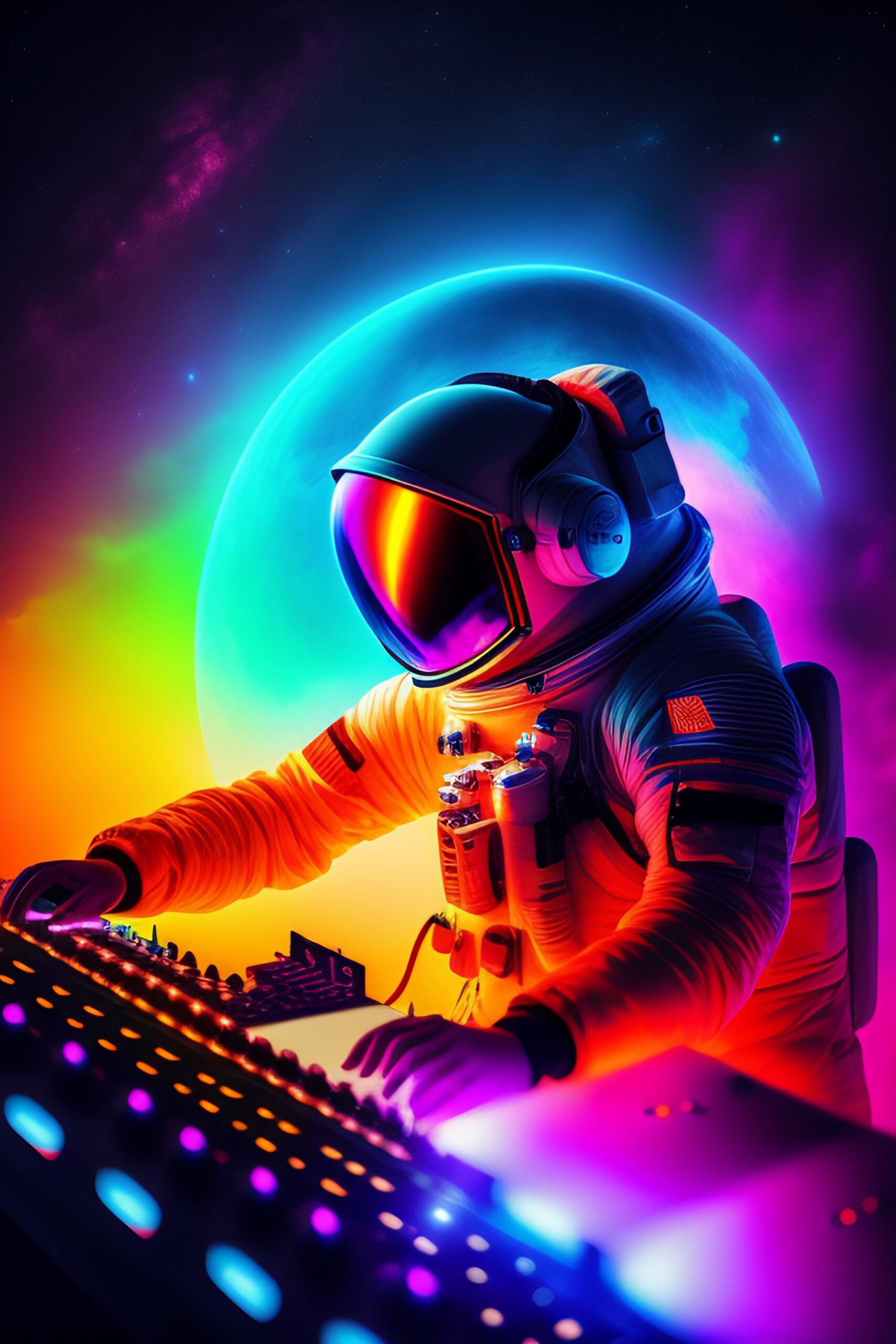The electronic music scene has always thrived on innovation—from analog synthesizers to digital DAWs. Now, a new player is reshaping the landscape: artificial intelligence (AI). AI-generated music is sparking heated debates: Is it a groundbreaking creative tool or a looming threat to human artistry? In this deep dive, we explore the rise of AI in electronic music, its implications, and what it means for producers, fans, and the industry.
The Evolution of AI in Electronic Music
From Experimentation to Mainstream Tools
AI’s journey into music began with experimental projects like David Cope’s EMI (Experiments in Musical Intelligence) in the 1980s. Today, platforms like Amper Music, AIVA, and OpenAI’s MuseNet enable anyone to generate electronic tracks in minutes. These tools analyze vast datasets of existing music to create original compositions, blurring the lines between human and machine creativity.
How AI Music Generators Work
- Machine Learning Models: AI systems are trained on thousands of tracks across genres, learning patterns in melody, rhythm, and structure.
- User Inputs: Producers can guide AI by setting parameters (e.g., tempo, mood, genre).
- Real-Time Collaboration: Tools like Google’s Magenta allow live interaction between artists and AI.
Example: Holly Herndon’s 2019 album PROTO used an AI “baby” named Spawn to co-create sounds, blending human emotion with algorithmic unpredictability.
AI as a Creative Partner: Opportunities
1. Democratizing Music Production
AI lowers barriers to entry, enabling bedroom producers to craft professional-grade tracks without expensive gear. Platforms like LANDR and Splice integrate AI mastering and sample generation, empowering indie artists.
2. Pushing Genre Boundaries
AI thrives on experimentation. Artists like Arca and Yves Tumor use AI to fuse glitch, ambient, and hyperpop into avant-garde soundscapes that defy traditional labels.
3. Reviving Lost Sounds
AI can emulate iconic synths (e.g., Roland TB-303) or recreate the styles of late artists, offering new ways to preserve electronic music history.
The Threat Debate: Risks and Criticisms
1. “Originality” in Question
Critics argue AI-generated music lacks authenticity. Can a machine truly innovate, or is it just remixing existing data? The viral AI track “Drowned in the Sun” (styled like Nirvana) sparked controversy over artistic ownership.
2. Job Displacement Fears
Could AI replace composers for commercials, video games, or stock music? Startups like Boomy already produce AI-generated tracks for platforms like TikTok, raising concerns about undervaluing human labor.
3. Emotional Disconnect
Electronic music often channels human experiences—joy, rebellion, melancholy. Skeptics question whether AI can replicate the “soul” of artists like Aphex Twin or Nina Kraviz.
Ethical and Legal Gray Areas
Who Owns AI-Generated Music?
- Copyright Laws: Most countries don’t recognize AI as a legal author. If an AI trained on copyrighted tracks generates a hit, who’s liable—the programmer, user, or AI?
- Transparency: Should AI-made music be labeled? The EU’s proposed AI Act could mandate disclosures.
The “Deepfake Music” Dilemma
AI voice-cloning tools like Uberduck can mimic any artist’s vocals. Imagine a fake Daft Punk reunion track—thrilling for fans, but a legal nightmare for rights holders.
The Future: Collaboration Over Competition
Many pioneers believe AI won’t replace artists but will become a collaborative tool:
- Hybrid Workflows: Producers like Kode9 use AI to brainstorm ideas, then refine them manually.
- AI as a Sound Designer: Tools like Output’s Arcade leverage AI to generate unique samples and textures.
- New Live Performances: Artists like Ash Koosha pair AI with VR to create immersive audiovisual shows.
Conclusion: Creativity and Caution
AI-generated electronic music is neither a utopian dream nor a dystopian threat—it’s a tool. Its impact depends on how we use it. Will artists harness AI to push boundaries, or will corporations exploit it to flood playlists with generic tracks? The answer lies in balancing innovation with ethics, ensuring technology elevates human creativity rather than erases it.

